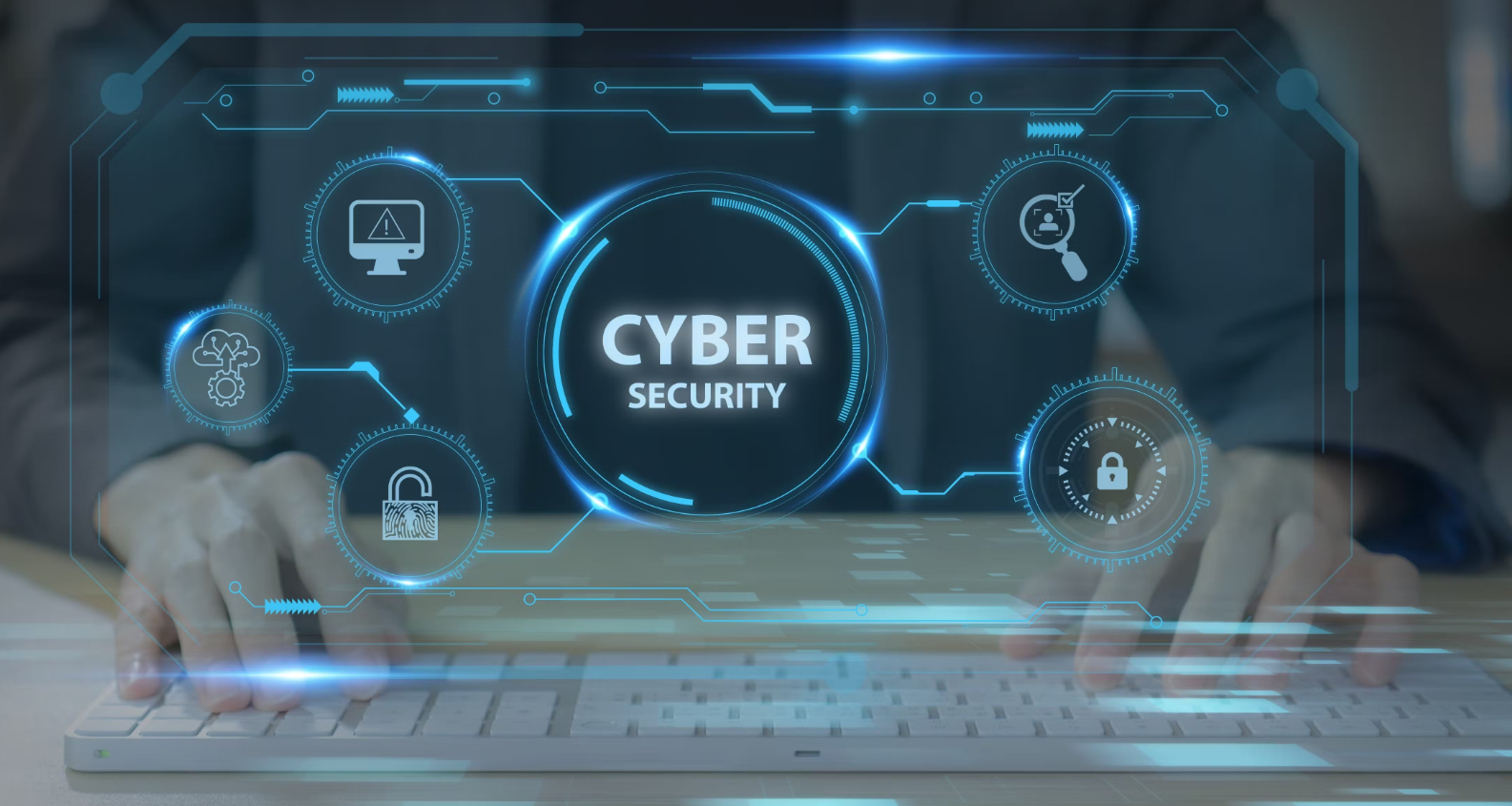
The Business Case for Cybersecurity Programs: Why Compliance and Readiness Matter
Cybersecurity is not just an IT concern—it’s a business imperative. Failing a security audit—just as an example—can not only lead to fines and regulatory scrutiny but can also cost companies major business opportunities. More organizations are demanding that their partners meet rigorous security standards, and companies that can’t demonstrate compliance may find themselves excluded from potentially lucrative contracts.
Yet, for many businesses—especially in the mid-market—building and maintaining an effective cybersecurity program is, well, overwhelming. I know this because practically every week I find myself in conversations with stakeholders within these very organizations. Lack of resources, fragmented processes, and the ever-evolving threat landscape all present challenges. But with the right approach, companies can turn cybersecurity from a burden into a competitive advantage.
In this article I’ll explore the business drivers for cybersecurity programs, the challenges encountered in building them, and why being audit-ready is essential for protecting both reputation and revenue.
The Business Drivers Behind Cybersecurity Programs
1. Regulatory Compliance and Industry Standards
Regulations and industry standards such as NIST, CIS Controls, HIPAA, and GDPR are pressuring organizations to take a closer look at their security posture. Audits—whether driven by internal compliance teams or external parties—are becoming more frequent and demanding. Meeting these standards requires more than just technical protections—organizations must also provide documented evidence of their security posture.
Failing to meet these requirements can have serious consequences:
-
Regulatory Fines: Non-compliance can result in steep penalties, depending on your industry.
-
Contract Losses: Potential business partners may walk away if you can’t meet their security expectations.
-
Legal and Reputational Damage: In the event of a breach, companies with inadequate security measures may face lawsuits and public backlash.
2. Cybersecurity as a Competitive Advantage
A strong cybersecurity posture can set your business apart. Large enterprises and government agencies often require proof of security practices before awarding contracts. Companies with comprehensive cybersecurity programs are more likely to win these opportunities.
On the flip side, businesses with a weak security posture may find themselves excluded from procurement processes before they even get a chance to bid. For companies seeking contracts with large enterprises or government agencies, audit readiness is not optional—it’s a requirement.
3. Cybersecurity Insurance and Risk Management
Cybersecurity insurance has become a critical component of risk management. However, obtaining coverage is becoming more difficult. Insurers now require:
-
Proof of security policies and controls
-
Continuous compliance documentation
-
Detailed risk assessments
Companies without strong cybersecurity practices may face higher premiums—or be denied coverage altogether.
4. The Cost of a Cyber Incident vs. Preventative Investment
According to IBM’s 2024 Cost of a Data Breach Report, the average breach costs companies $4.88 million. Beyond financial losses, breaches result in:
-
Operational downtime
-
Regulatory investigations
-
Loss of customer trust
Investing in a robust cybersecurity program is more cost-effective than recovering from a breach.
Challenges in Building and Maintaining a Cybersecurity Program
1. Lack of Dedicated Cybersecurity Resources
For mid-market companies in particular, hiring full-time cybersecurity staff can be difficult. IT teams often juggle multiple roles, leaving security as a secondary concern. This makes it hard to:
-
Keep up with evolving security standards.
-
Continuously monitor compliance.
-
Respond quickly to audit requests.
2. Manual Processes and Fragmented Documentation
Despite the availability of modern cybersecurity programs that leverage centralized platforms to automate documentation and track compliance in real time, many companies rely on spreadsheets and ad-hoc documentation to track their security programs. This creates several problems, including the following:
-
Inconsistent Updates: Security documents are often outdated, leaving companies vulnerable.
-
Audit Chaos: Preparing for an audit becomes a scramble to gather information.
-
Lack of Centralization: Key policies and evidence are stored in different places, making it hard to get a clear picture of security readiness.
3. Navigating the Complex Cybersecurity Landscape
Companies face a critical decision:
Rely on a Managed Service Provider (MSP) that brings its own tools
-
Pro: Simplifies management and reduces internal resource requirements.
-
Con: If the relationship ends, you may lose access to the security infrastructure.
Own the tools in-house and bring in external expertise as needed
-
Pro: Provides long-term control and flexibility.
-
Con: Requires more upfront investment and internal expertise.
The right choice depends on your business’s goals and resources.
4. Audit Readiness and Continuous Compliance
Audit readiness isn’t just about passing a once-a-year test—it’s about maintaining compliance continuously. Companies that align their cybersecurity programs with frameworks like NIST, CIS Controls, or ISO 27001 are better prepared to meet evolving requirements.
The Bottom-Line Impact of a Failed Security Audit
Failing a security audit can have a direct impact on revenue. Many business partners now demand security assessments before signing contracts.
Building a Resilient Cybersecurity Program
A strong cybersecurity program should include:
-
A full assessment of your current security posture
-
Policies aligned with a recognized framework (e.g., NIST, CIS)
-
Centralized, audit-ready documentation
-
Continuous monitoring and improvement
For businesses that lack the internal resources to manage this on their own, external partners can provide managed cybersecurity programs to help:
-
Assess and strengthen security posture
-
Manage compliance requirements
-
Monitor and respond to risks continuously
Prescriptive, for example, offers a comprehensive cybersecurity program that helps companies improve compliance, reduce risks, and maintain audit readiness.
Conclusion
Cybersecurity isn’t just about protecting data—it’s about protecting your business’s future. Companies that take a proactive approach to cybersecurity gain a competitive edge, reduce risk, and position themselves for long-term success.
Whether you build your program internally or work with an external partner, continuous improvement and audit readiness are essential for staying secure and staying ahead. Contact Prescriptive to find out more about how we help companies develop strong cybersecurity programs.


